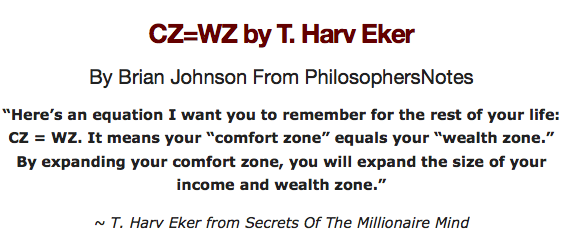 I’m disappointed! I thought that 7million7years.com and it’s membership-site ‘cousin’ 7m7y.com were important enough to be hacked … but, they weren’t 🙁
I’m disappointed! I thought that 7million7years.com and it’s membership-site ‘cousin’ 7m7y.com were important enough to be hacked … but, they weren’t 🙁
Turns out that MANY GoDaddy-hosted WordPress sites have been similarly ‘hacked’ – with users seeing a [false] SECURITY WARNING ALERT!!! message. GoDaddy appears to be working on have fixed the issue, in the meantime, please read on for today’s un-hacked post ….
_________________________________
Shawn at Watson Inc. outlines a sensible ‘system’ – one that I have spoken about before – that beats “80%-90%” of professional fund managers [my highlights]:
Some may ask what I mean by systematic investing. Peter Lynch (Fidelity), Warren Buffett (Berkshire), and even Dave Ramsey recommend a conservative and simple approach for the typical investor: rather than trying to outsmart the markets, use benchmarks to track the markets instead. For example, the Vanguard Index 500 fund has outperformed two-thirds of all mutual funds on a rather consistent basis (Cash Flow Quadrant, 1999). Usually over 10 years, these types of index funds yield a return exceeding 80-90% of returns of the “professional” mutual fund money managers (Motley Fool, 2007). Interestingly, the average millionaire is this type of investor (The Millionaire Next Door, 1996). Although there is no 100% guarantee, this method does dramatically decrease the risk over time and provides respectable returns. Provided that one starts early enough (i.e. before mid-forties), consistent investing over time can be the key to achieving a great deal of wealth.
Now, who wouldn’t kill for a system like that?
Well, me for one … and, I’m guessing, most of you!
You see, we (7m7y readers) have a very special filter that QUALIFIES us; it’s the title of this blog: “How to make $7 million in 7 years”.
Now, there’s no reason why you CAN’T read this blog if your target is, say, $1 million in 20 years … I can’t physically stop you … but, it’s ill-advised, because most of what I say would just be ‘noise’ to you …
… just confusing ‘chatter’ that sometimes runs totally counter to what you read elsewhere.
What I say here is ‘noise’ if you really do have very modest financial goals, or no real financial goals beyond saving and trying to become debt free.
So, in my “$7 million 7 year” context, I say “so what if I can beat 80%-90% of fund managers?” because the amount that I can make simply won’t be enough to help me reach my Number … certainly not if it’s one of my main financial strategies.
Instead of worrying about the pro’s and how the vast majority are simply butchering the mutual funds that they are supposed to be wisely managing, realize that investing in the ‘market’ (e.g. by investing in a low-cost index fund as sensibly suggested by Shawn) actually LIMITS your returns to that achieved by the market: 8% over 30 years in any market, 12% in ‘average’ times, and 0% (or worse) in recent times.
Try this:
a) Plug your starting Investment Net Worth (i.e. what you could scrape together to invest) into a compound growth rate calculator
b) Also, plug in how much you think you will be able to add each year
c) Include the number of investing years that you would like to have before you finally ‘stop work’ to live off the fruits of your investments
d) Plug in any number from 1% to 12% that YOU think an Index Fund will reasonably return over the number of years that you allowed, above
e) Halve the answer that the calculator gives you to (very roughly) allow for 4% inflation, for every 20 years (or prorate, if less than 20) that you chose, above.
f) Divide your final answer by 20: on a VERY GOOD DAY, that’s roughly (in today’s dollars) what you will have to live off, each year.
If that’s good enough for you, congratulations on two counts:
1. Thanks to Shawn, you’ve just found your Ideal Investment Strategy … and, it’s easy / low risk, to boot! And,
2. You’ve also saved 2 minutes a day, because this blog – for you – is just noise …. [crackle … and, out!]
But (!), if the answer is NOT good enough for you [AJC: it sure wasn’t good enough for me! But, it just might be good enough for you – be TOTALLY honest, this could be the financial ‘tipping point’ for you] … commiserations: your life just became a whole lot harder!
If so, keep reading … I’ll do what I can to soften the blow 😉








